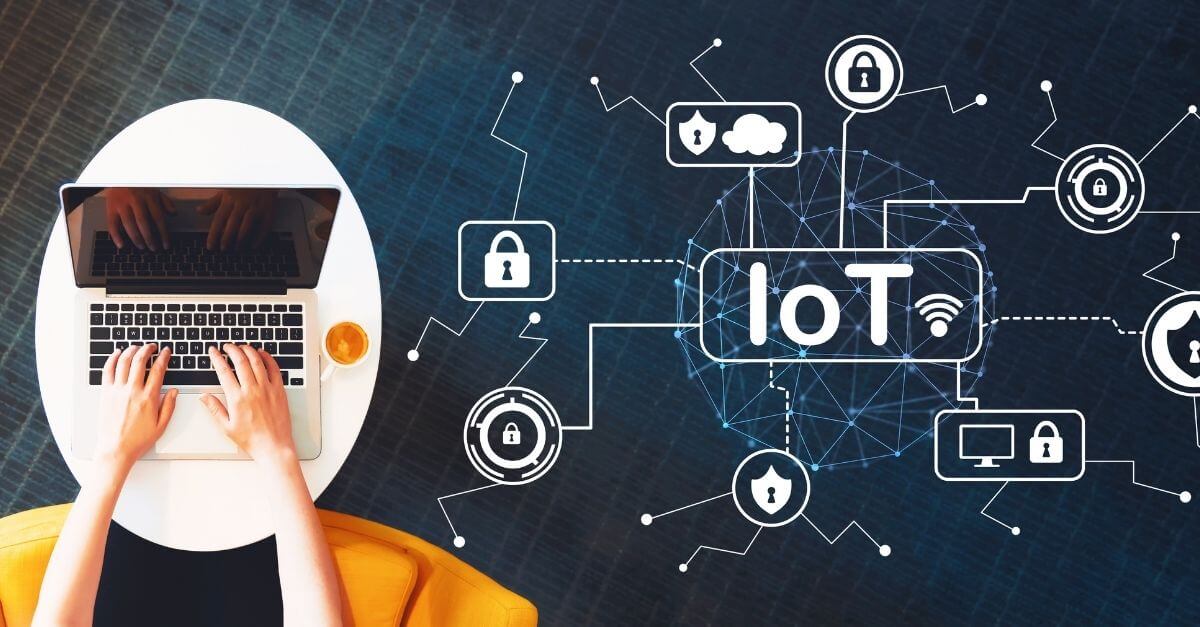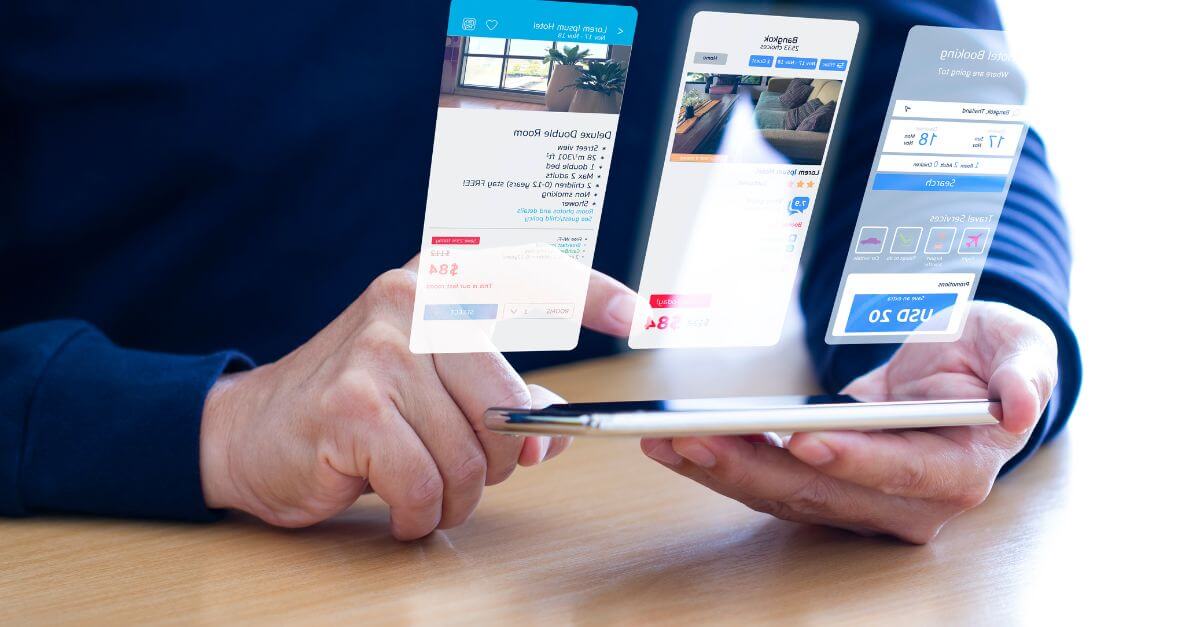Mobile learning and gamification: meaningful learning

Currently, a large number of teachers are committed to new technologies to encourage their students in their training. Within this group of training methods is
mobile learning
, which allows interaction between students so that they become protagonists in their passage through academic institutions.
Mobile devices in the virtual learning environment
Undoubtedly, one of the advantages of using mobile devices is that they can consult the notes or perform the exercises from anywhere. Associated with this virtual learning environment is gamification, which allows the use of game mechanics, such as rewards, in non-playful environments, something that encourages students to participate voluntarily and get more and actively involved in their own training. In this article we are going to explain what these new innovative methods applied to training consist of.
What is mobile learning
Just as companies are acquiring applications and other software that allow their employees to work from anywhere, in training, mobile learning or m-learning
, take advantage of mobile electronic devices to improve education.
This process occurs thanks to mobile applications, games, educational hubs and social interactions that allow a student to access the contents at any time and place, since they only require an internet connection. The ultimate purpose of this method is for students to acquire skills in flexible platforms for problem solving, thus promoting self-learning.
The particularities of m-learning
First, it is important to distinguish m-learning from two other concepts with which it is often confused:
- E-learning is the method in which electronic technologies are used that are outside the educational curriculum and that allow the student to improve their training. Its purpose is the expansion of the educational offer, so that you can take a course, a specific program or even a complete degree online. Therefore, it is distinguished in several aspects of the subject that concerns us today, and among them stand out the time, the contents or the devices used.
- The confusion between mobile learning and
mLearning
(or microlearning) goes beyond the similarity between the terms. The latter refers to the distribution of training material, which is divided into small themes or sectors.
Although these three educational approaches are very close to each other and often applied at the same time, it is important to know their differences, as well as the advantages and disadvantages of each.
Pros and cons of mobile learning
Let’s start with those positive aspects that m-learning brings to the experience of students who use it in their day to day.
- Flexibility. Undoubtedly, being able to receive training at any time and place is one of the greatest attractions of mobile learning .
- Accessibility. Many students work, some in the morning and others in the afternoon. Some study first thing in the morning, and others prefer the night. Therefore, m-learning is a perfect solution for anyone to attend classes.
- Increase student engagement . Since they can organize themselves as they see fit, dropping out of school is less common.
- Adapts to different styles. It is possible to use various resources to encourage study, ranging from images to videos, to podcasts or games (what is known as gamification).
Although the advantages are remarkable, there are also detractors of
mobile learning
who point out that:
- Tablets and mobile devices provide a large number of stimuli outside the study.
- The size of the screens is another problem, since being so small makes reading difficult.
It is true that
mobile learning
is not the perfect educational resource, but it is a complement and an entry point towards the inclusion of new technologies in training.
The study based on gamification
A concept closely associated with m-learning is that of gamification. This is a fun way to involve students in their training and, as already mentioned, favors self-learning.
Now that it has been used by schools and higher education centers for a few years, experts say that gamified learning gains in participation and long-term retention of knowledge.
Experiment while learning
Undoubtedly, experimentation is one of the most recurrent formulas to retain knowledge. Another advantage of gamification for the acquisition of knowledge is the social interaction between students. This is because it fosters the competitive spirit while feeling that they are within a common experience. And to top it off, it promotes collaboration and teamwork.
Gamification and mobile learning. A very beneficial union
Now that the two concepts have been put on the table, it is important to point out the advantages of this union:
- It allows you to improve skill sets. From those that are sought in the little ones, such as coordination between hands and eyes, as more complex, such as problem solving, social skills or strategic thinking.
- The costs of creating gamification solutions for m-learning are not high. This is because technological advances make it possible to reduce investment in this type of project.
When mobile learning is based on gamification, it acquires the potential to transform. We will then be facing a tool that will attract less motivated students with the knowledge of the course, teach skills and not make them feel that they are facing a mandatory training.
Mobile solutions for training
From Pasiona we offer our clients
mobile developmentement
, a technology that helps create platforms that facilitate
m-learning
. An example of a company that has opted for this type of technology is Educo, for whom we have developed an application launcher that controls access to content on smartphones and tablets. If you want more information about it, you can know it here.
If you also want students to learn through gamification and
mobile learning
, or you are looking for other types of innovative solutions for your company, do not hesitate to contact our sales team and send us your ideas. We will develop for you that software that will make your goals are met.
gamification, m-learning, Mobile Learning
Go back



